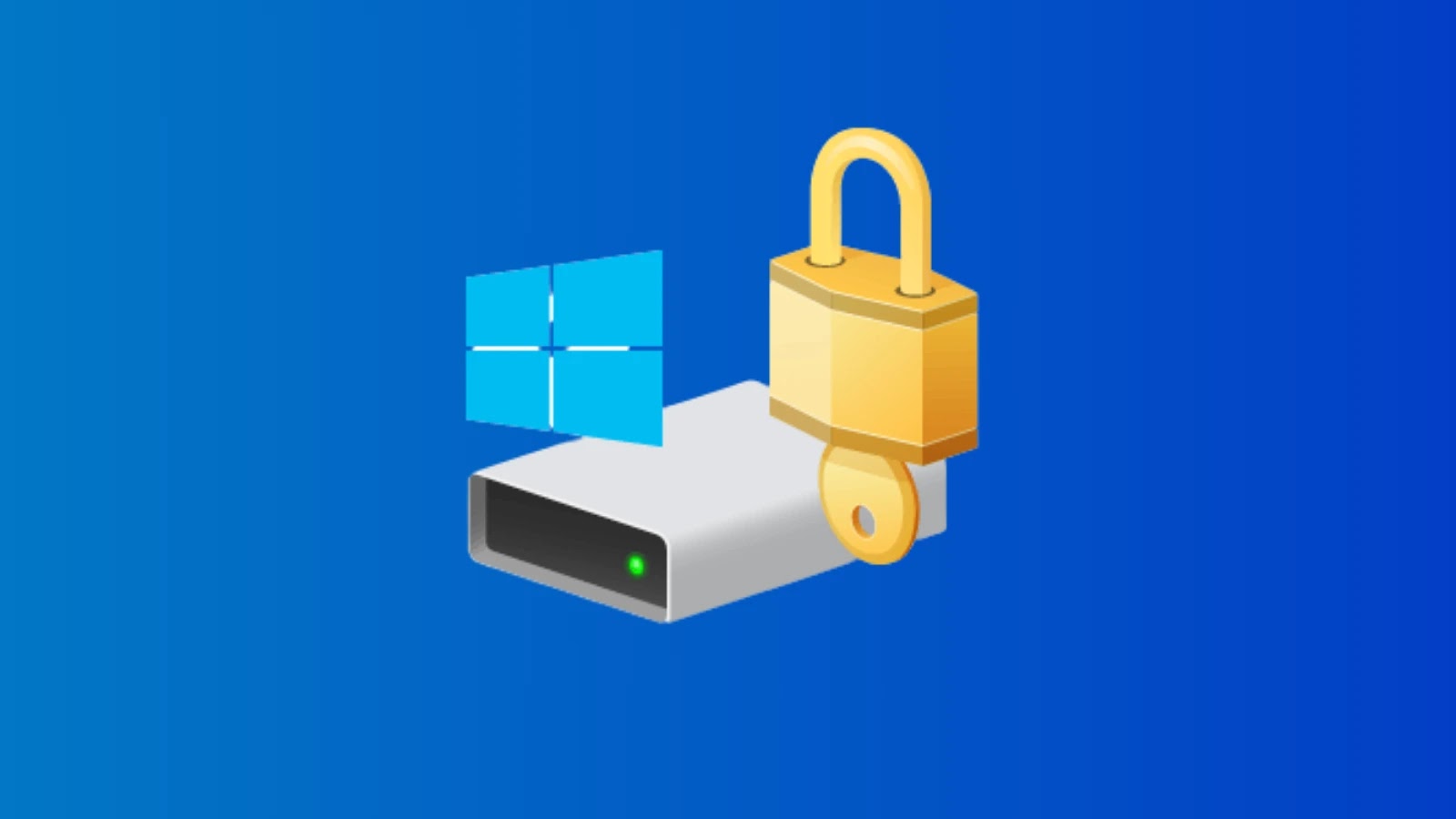
BitUnlocker – Multiple 0-days to Bypass BitLocker and Extract All Protected Data
Sensitive data protection remains a paramount concern for organizations and individuals alike. For years, Microsoft BitLocker has stood as a robust hardware-encryption solution, offering a significant layer of defense against unauthorized data access on lost or stolen devices. However, recent disclosures from Microsoft’s own Security Testing & Offensive Research (STORM) team have unveiled a series of unsettling zero-day vulnerabilities, collectively dubbed “BitUnlocker.” These critical flaws fundamentally undermine BitLocker’s protective capabilities, potentially allowing attackers with physical access to extract all protected data in mere minutes. This revelation demands immediate attention and a thorough understanding from all IT professionals, security analysts, and developers relying on BitLocker for data security.
Understanding the BitUnlocker Bypass
The research, spearheaded by Alon Leviev and Netanel Ben Simon of the Microsoft STORM team, brings to light multiple zero-day vulnerabilities that exploit weaknesses in how BitLocker interacts with various hardware components and Windows functionalities. While specific CVEs were not immediately released at the time of the initial disclosure in the provided source, the implications are profound. The core bypass leverage opportunities within the pre-boot environment, specifically targeting data paths and verification processes that occur before the operating system fully loads and enforces standard security controls.
Attackers primarily require physical access to the target device. This is a critical distinction; these are not remote exploitation vectors. However, the speed and efficacy of the exploit make a stolen or unattended device highly susceptible. The practical attack scenarios involve connecting specialized hardware or manipulating certain boot conditions to intercept or bypass the BitLocker encryption keys or the data flow itself. The objective is to gain access to the data in its unencrypted form or to extract the necessary cryptographic material to decrypt it offline.
Technical Attack Vectors and Implications
While the detailed technical specifics of each zero-day are proprietary and likely under strict embargo by Microsoft as patches are developed or released, the general nature of such bypasses often involves one or more of the following:
- TPM Side-Channel Attacks: Exploiting subtle information leaks from the Trusted Platform Module (TPM) can sometimes reveal parts of the encryption key or how it’s handled.
- DMA Attacks (Direct Memory Access): Certain vulnerabilities in device drivers or the firmware can allow an attacker to bypass the CPU and directly access system memory, where decrypted data or keys might reside.
- Pre-Boot Environment Manipulation: Interfering with the boot sequence before BitLocker fully locks down the system can create windows of opportunity. This could involve manipulating bootloaders, firmware, or misconfigurations.
- Firmware Vulnerabilities: Flaws in UEFI/BIOS firmware can undermine the integrity of the boot process, allowing an attacker to inject malicious code or bypass security checks before BitLocker has a chance to fully protect the system.
The primary implication is a complete compromise of data confidentiality. For organizations handling sensitive intellectual property, customer data, or regulated information, a successful BitUnlocker exploit could lead to severe data breaches, regulatory fines, and significant reputational damage. For individuals, personal and financial data stored on an encrypted device could become fully exposed.
Remediation Actions and Mitigations
Addressing the BitUnlocker vulnerabilities requires a multi-layered approach, combining software updates, hardware considerations, and robust physical security practices. While awaiting official patches from Microsoft (which should be prioritized immediately upon release), organizations and users can take proactive steps:
- Apply All Windows and Firmware Updates: This is paramount. Microsoft will undoubtedly release security updates to address these specific vulnerabilities. Ensure that Windows Update is active and that your device firmware (BIOS/UEFI) is kept up-to-date by your hardware vendor.
- Enhanced Physical Security: Given that physical access is a prerequisite for these exploits, strengthening physical security measures is crucial. Devices should never be left unattended, especially in unsecured environments. Implement strong asset tracking and control policies.
- Implement Strong PIN/Password for BitLocker: While not a direct counter to all pre-boot attacks, a complex and unique BitLocker PIN/password significantly increases the effort required for an attacker. Avoid simple numeric PINs.
- Consider TPM 2.0 and Secure Boot: Ensure devices are utilizing TPM 2.0 and that Secure Boot is enabled in the UEFI/BIOS settings. These technologies provide a stronger chain of trust from boot-up.
- Regular Backups: Maintain regular, encrypted backups of critical data to a separate, secure location. This mitigates the impact of data loss or compromise.
- Disk Encryption Best Practices: Review and enforce organizational policies regarding disk encryption. Ensure that BitLocker is correctly configured and enforced across all eligible devices.
- Employee Awareness Training: Educate users about the importance of physical device security and suspicious activities.
Detection and Mitigation Tools
Given the nature of these zero-day vulnerabilities, direct detection tools may initially be limited to broad security hygiene checks. However, monitoring system integrity and ensuring proper configuration can help mitigate exposure.
| Tool Name | Purpose | Link |
|---|---|---|
| Windows Update | Primary mechanism for applying patches to address these vulnerabilities. | Microsoft Windows Update |
| UEFI/BIOS Firmware Updates | Updates from device manufacturers for underlying firmware vulnerabilities. | Manufacturer’s Support Website (e.g., Dell, HP, Lenovo) |
| BitLocker Configuration Tools | Managing and verifying BitLocker encryption status and settings. | Built-in Windows Tools (Control Panel, PowerShell) |
| Endpoint Detection and Response (EDR) Solutions | Monitoring for unusual boot activity or hardware manipulation attempts (general observation). | Vendor-specific EDR Solutions (e.g., CrowdStrike, SentinelOne) |
Looking Ahead: The Evolving Landscape of Data Encryption
The BitUnlocker disclosure serves as a potent reminder that no security measure, however robust, is entirely infallible. Encryption technologies, including full disk encryption like BitLocker, are critical defenses, but their effectiveness can be undermined by vulnerabilities in their implementation or underlying hardware and software ecosystems. This incident underscores the continuous cat-and-mouse game between defenders and attackers, highlighting the need for perpetual vigilance, rapid patching, and a holistic approach to cybersecurity that integrates strong physical security, up-to-date software, and user awareness. Staying informed about such disclosures and acting swiftly to implement recommended remediations will be key to protecting sensitive data in an increasingly complex threat landscape.





